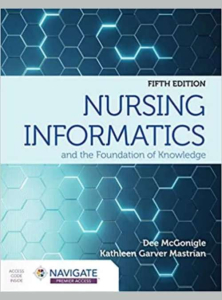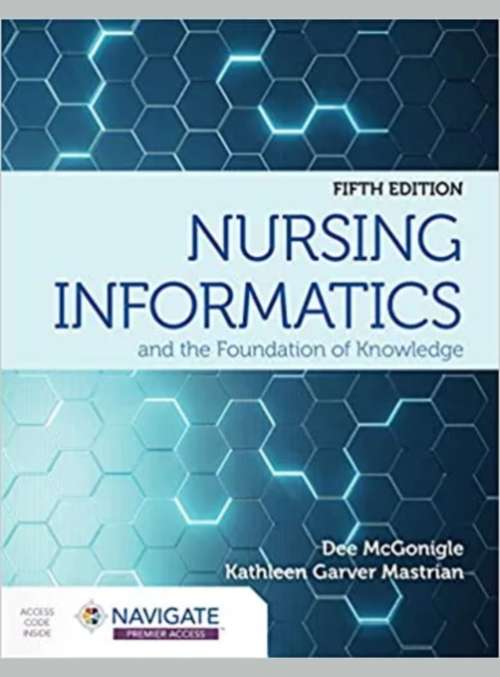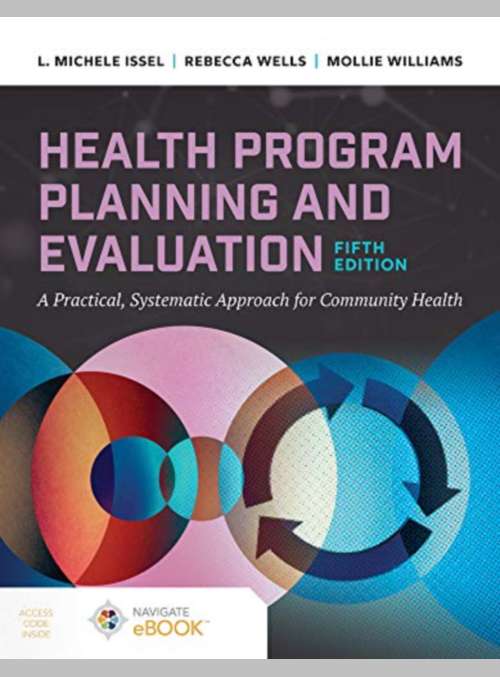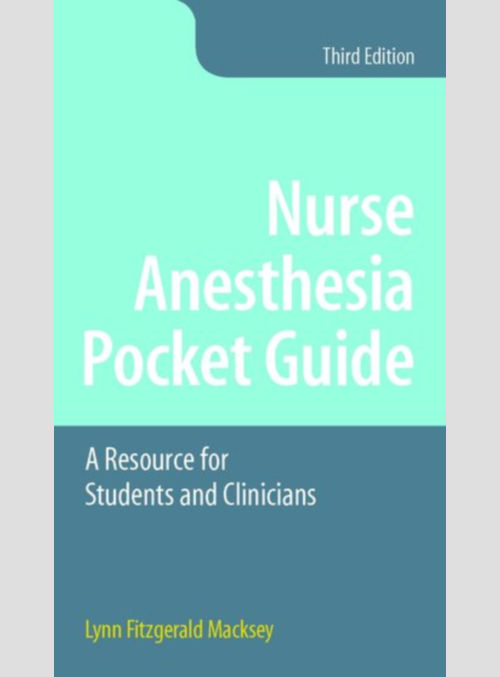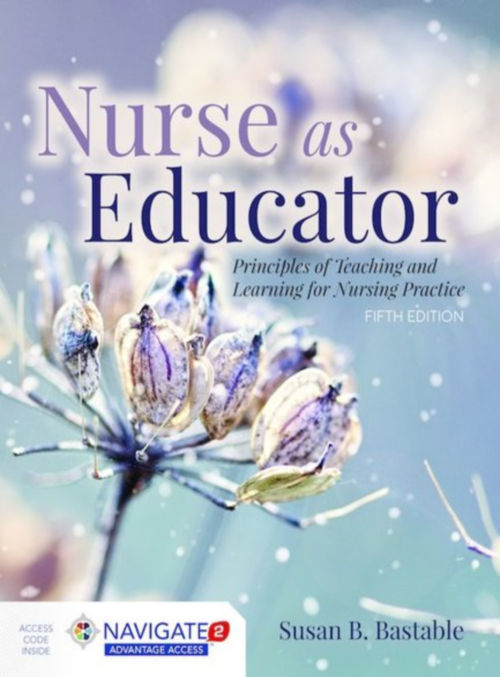Nursing Informatics and the Foundation of Knowledge, 5th Edition
Dee McGonigle & Kathleen Mastrian 編著
ISBN 978-128-422-046-9
2021| 五版 | J&B出版 | 平裝 | 606頁 | 全彩印刷(附數位教材使用序號)
定價 US$113.95(約NT$3,450)
Awarded second place in the 2021 AJN Book of the Year Awards in the Informatics category
Rated 4 stars by Doody’s Review Service!
“…..the book’s strength is its presentation of material. Every aspect of nursing, computers and health care and technology is presented. Their intersection with newer technology, such as data, wearable devices, translational research, and telehealth are mixed without redundancy with important topics such as community health and human-computer interaction and hospital workflows.” Reviewed by: Karen O’Grady, MLIS, MA, Ed, University of San Diego
Nursing Informatics and the Foundation of Knowledge, Fifth Edition is a foundational text for teaching nursing students the core concepts of knowledge management while providing an understanding of the technology tools and applications where a certain level of proficiency is required. A practical guide for understanding how to leverage modern technology, the text teaches students how to acquire, process and disseminate knowledge. Grounded in the Foundation of Knowledge Model, the authors leverage this framework throughout as an organizational structure by which to teach and learn nursing informatics.
The Fifth Edition gives nurses the tools and knowledge they need to succeed in the information age. Each chapter has been carefully updated to reflect the most current advances in technology, healthcare and reimbursement services. The authors also highlight the timely and impactful contribution of informatics to quality improvement, interprofessional collaboration, and the pandemic response. Finally, a thought-provoking chapter ties all of the elements of informatics together and asks students to consider the future impact of technology on the patient care experience by examining care bots, cyborgs and artificial intelligence.
Nursing Informatics
Healthcare Informatics
Clinical Informatics
Health Information Systems

